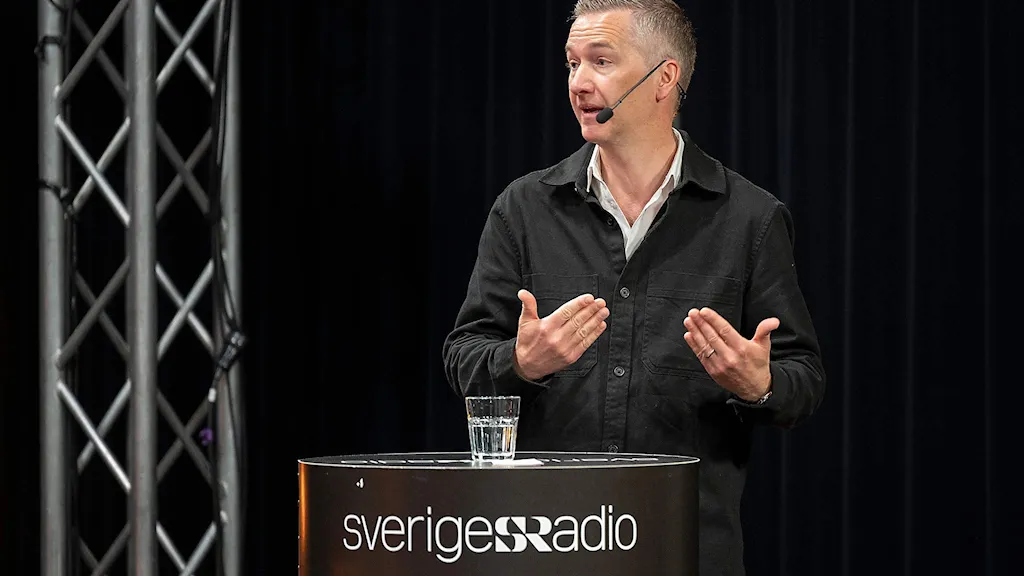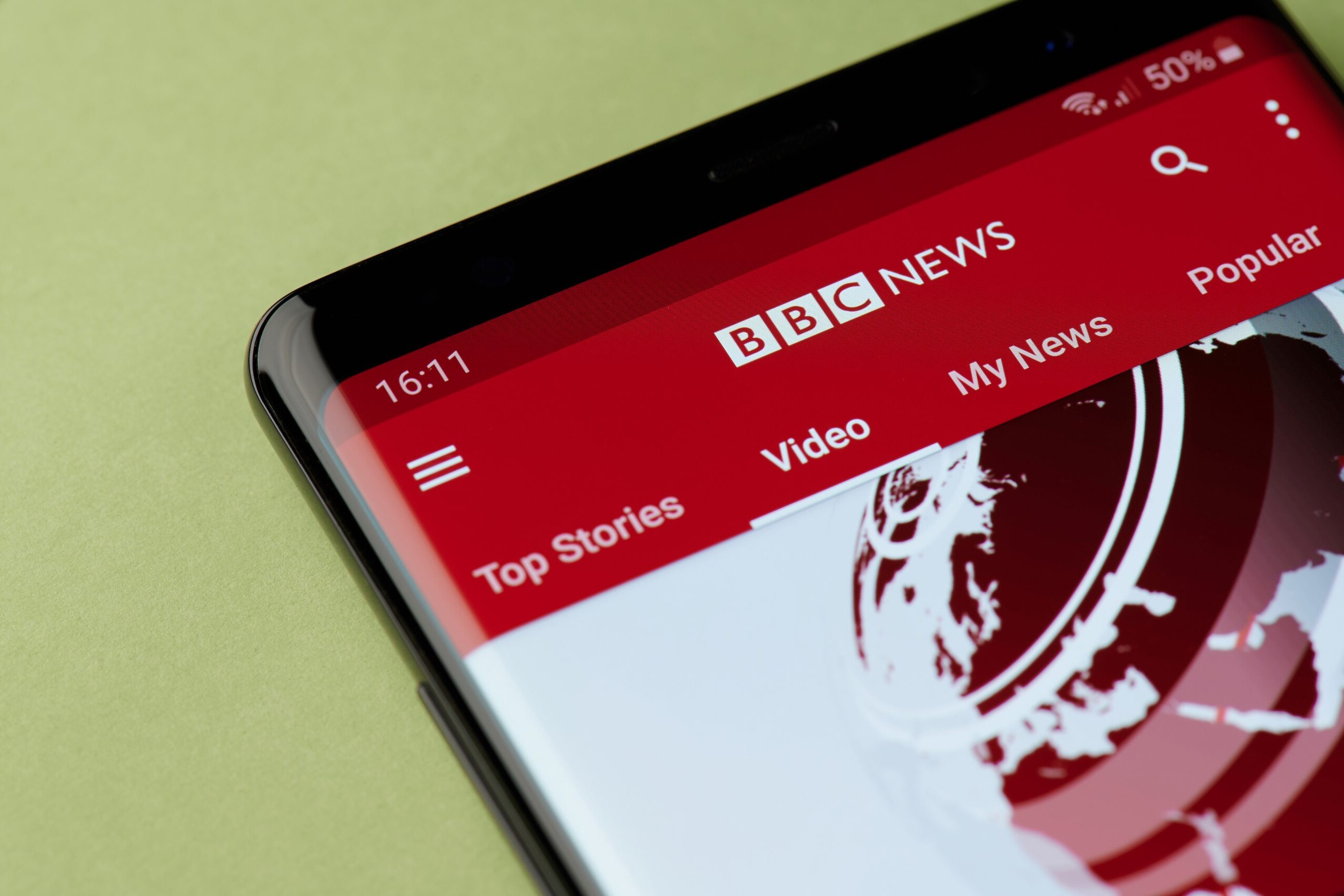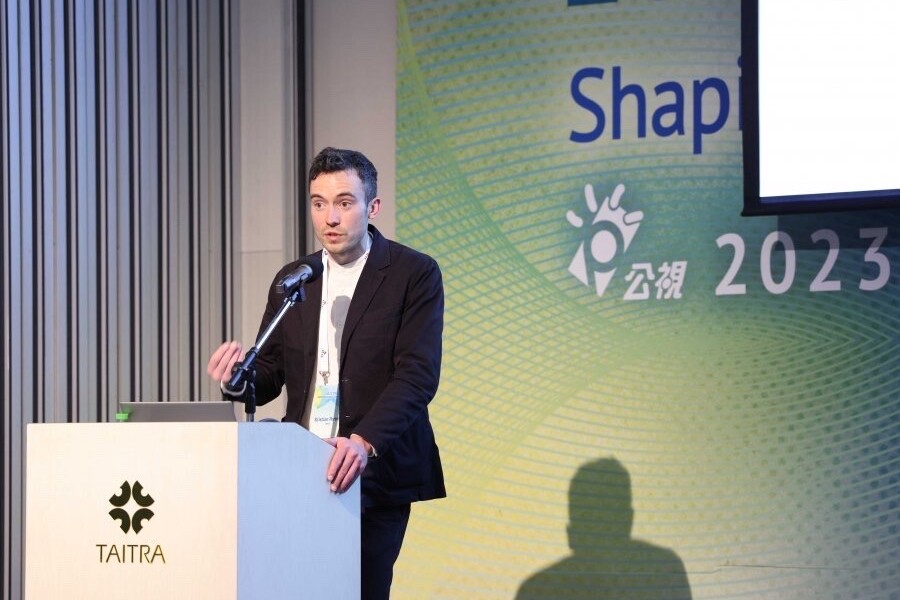PMA MEMBERS’ EXCLUSIVE
The digital age presents many opportunities for public service media to advance its mission and fulfil its purpose. As audiences fragment and seek more digital avenues of consuming media, going digital is one of the most significant ways public service media can remain relevant and reach its audience. But it’s also something of a double-edged sword.
In the face of global tech giants, increased domestic and international competition, significant infrastructure costs, and much more, how are public service media harnessing digital technology to remain relevant and reach diverse audiences, while also mitigating against the risks? Our global membership joined us for PSM Unpacked to answer these questions and more.
On the 23rd of November, the Public Media Alliance hosted a roundtable of members to discuss how public service broadcasters are moving to a digital future, and how that shift presents both challenges and opportunities.
Explore: Previous PSM Unpacked summaries
During the session, participants touched on subjects such as how AI is being adopted in the newsroom, how technology can increase audience access to content as well as new revenue streams, difficulties over funding investment in tech.
It was also observed there remains enormous variation across members in terms of digital connectivity within countries, which third-party platforms are popular, and what distribution methods are most popular.
Some broadcasters are also not yet in a position where content is being developed specifically for digital platforms, and a lot of content is produced within a linear-first approach. For these organisations, content which is available through websites or apps is normally just content which has already been broadcast on radio or TV and has been repackaged.
The roundtable began with a presentation from Olle Zachrison, the head of digital news strategy at Swedish Radio, about how the public radio network is becoming a digital-first operation, including the use of artificial intelligence (AI) to supplement its news operation.
WATCH: Olle Zachrison, Head of AI & Digital News Strategy at Swedish Radio, presenting during PSM Unpacked
Olle Zachrison, Swedish Radio from Public Media Alliance WorldView.
Swedish Radio’s digital strategy
- Zachrison spoke of how Swedish Radio is trying to create a distinctive digital strategy for audio, with public service values at the core of its digital evolution and product design.
- He said there is a crucial conversation to be had among PSMs about what signifies public service values in the digital age, and what a digital public service media looks like. The values of public service broadcasting need to be redefined and rephrased, he said.
- This project is being done against a backdrop of troublesome times at Swedish Radio, which is having to find €25m worth of savings a year. However, its reach remains large, with more than 7 million listeners and 1 million app users.
- A key aspect of the digital strategy is to bring audiences to Swedish Radio’s own platforms, rather than third–party platforms like Spotify or Apple. Zachrison described the previous ethos of “reaching the audiences where they are” (i.e. through social media) as a naïve phase that contributed to decline and disinformation. All the big players are now shifting to their own platforms.
- They’re working on a strategy that is trying to convert traditional listeners into multi-platform users, while also providing content that retains current users. It is also trying to provide for new and younger audiences, while also providing for non-listeners – who they term ‘future audiences’.
- Olle said the audio market is exploding, which has created a new degree of competition with many mediums now focussing on audio e.g. most newspapers and TV networks now have podcasts, with many newspapers now adopting podcast–first strategies. It’s also done in a market where the big tech companies have the ability to completely change and destroy media landscapes.
- Swedish Radio is experimenting with both new and traditional forms of content to try and engage a diverse audience. It has started new daily podcasts, new forms of audio drama, new series and adaptations, and new documentaries. It’s also broken away from traditional broadcast schedules.
- Swedish programmes are also pitching internationally, being translated into many languages and trying to reach a broad diaspora, such as with the Vikings programme which has been translated into Danish, Finnish, French and Icelandic.
Using AI
- Swedish Radio is utilising a new production model for news, utilising standalone audio clips within its app. These clips are compiled into news playlists, allowing users to scroll through the clips like a slideshow.
- He said the company has uploaded news values into an algorithm to help with the curation and to dictate how the AI ranks the stories.
- But Olle warned that while AI is a useful addition to a newsroom, it cannot supplant things like being on location with affected voices or bearing witness to events. Reporters providing their own analysis also remains important, as is bringing in new perspectives with compelling audio.
- However, AI is being leveraged to help transcribe audio for the website to make it searchable, but also to make content more accessible for wider audiences.
- The car experience remains fundamental for Swedish Radio. The car is where most audio listening happens, so the development of car apps remains fundamental too.

Participant Questions
- Many participants said their radio stations were also embracing apps, but there was a disparity among members in terms of resources to provide a digital offering, but also the demands of audiences. Several members said their apps largely provided radio–on–demand or replay radio services, which were added after a show had gone to linear air, rather than producing specific content for digital services.
- Olle made the point that with digital products we can sometimes become too sophisticated, and users will be turned off if they have to spend a lot of time navigating or searching. He said this is where public service broadcasters have an advantage, as they can tailor to audiences they know and have served for a long time.
- One thing that has served Swedish Radio well is to not just have linear cutouts on digital, but to curate specifically for digital. This has many facets, such as with radio drama. For traditional radio and intro would be prolonged sound effect, but they’ve noticed this does not tailor well to podcast audiences, so scripting and audio production is now tailored to make an impact in 5-8 seconds.
- Many PSMs are finding themselves in a bind between digital and legacy audiences. Digital competition is fierce in many countries, and being able to compete digitally is fundamental to survival. But many PSMs find themselves tied to a legacy culture that is strong and audiences that hold true to audio. Sometimes they’re legislated to continue to focus on radio even as market share diminishes to new digital competitors, or funding is too constrained to do both.
- One topic that was discussed was how to compete for the technical talent to develop digital products, which is often a high paying sphere. Olle said Swedish Radio was competing with values, and he’s found many good developers want to work for an ad-free product with public values. But they were also developing schemes to foster new talents, such as hiring young people and recruiting directly from universities.
- With its app, Swedish Radio hasn’t found international competition to be a problem, and rather, a local tone was seen to be an advantage. They were also using the app to reach a large Swedish diaspora, something other PSMs agreed was important for them to do.
The roundtable discussion
- Several member organisations who do not have commercial-free operations spoke of how they’re utilising video content to try and gain extra revenue and pushing that through the apps.
- Another member, in relation to how they’re trying to become a digital operation, spoke of how it’s stretching already stretched funds. Their organisation had relatively secure funding, but they’re increasingly having to step up to help “fill the void of the death of journalism.” Flat funding for a decade was both good and bad because it provided security, but limited the ability to transition or innovate.
- Many PSMs were using websites and apps to push their radio and TV content to a digital audience, primarily to reach a diaspora audience (particularly for Caribbean and African PSMs). But resources for some means they’re trying to push existing linear content to new audiences with only slight tweaks instead of being able to create tailored content for new audiences (e.g. podcasts and audio).
- Many of our members were also finding their audiences differed in terms of consumption habits. In some areas Facebook was a lot more predominant than others.
Header image: Abstract tech background. Floating Numbers HUD Background. Matrix particles grid virtual reality. Smart build. Grid core. Hardware quantum form. Credit: Dmitriy Rybin / Shutterstock.com
Related Posts
29th November 2023
BBC News announces savings and digital reinvestment plans
The savings form part of the BBC…

